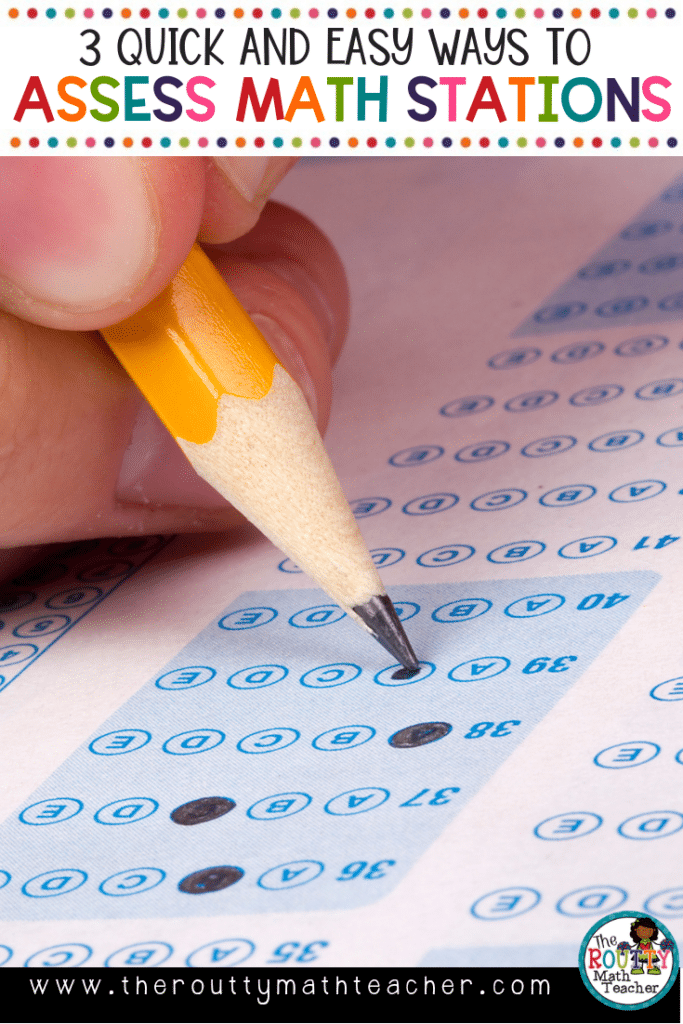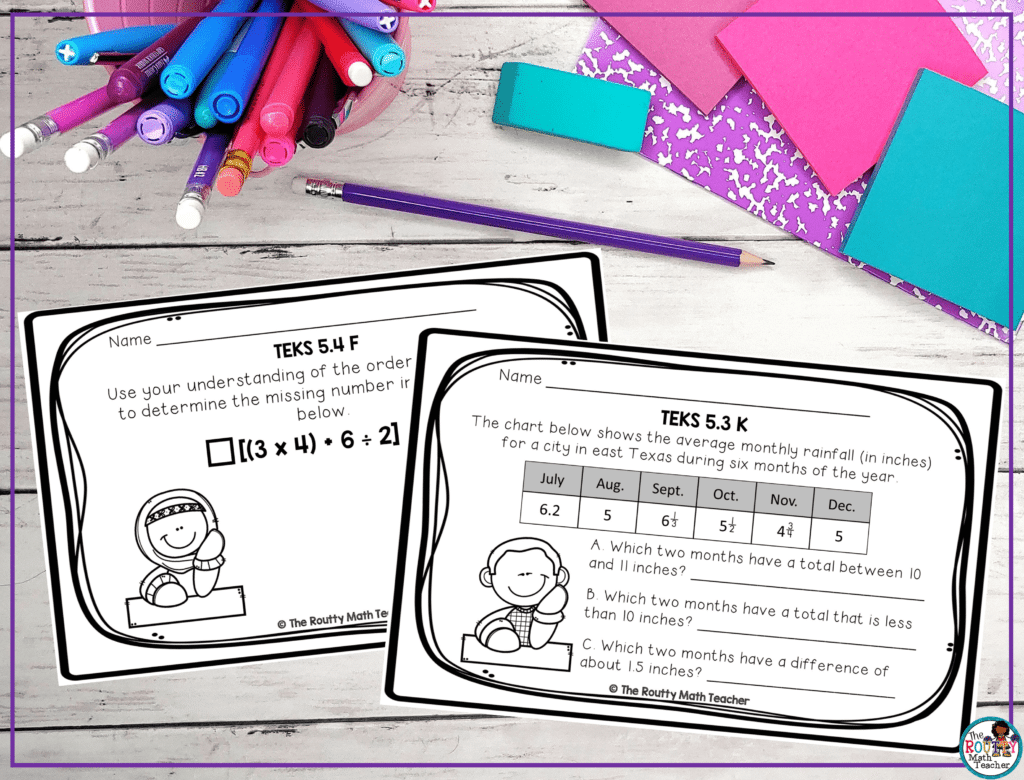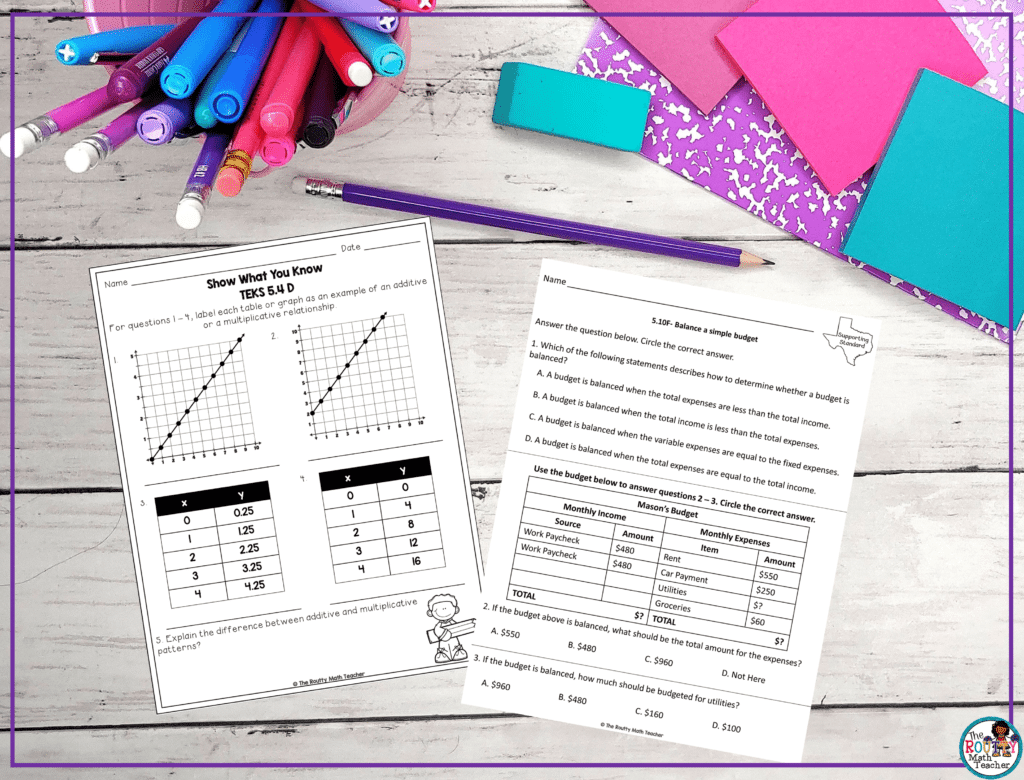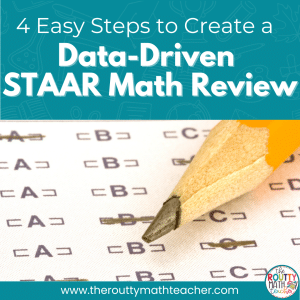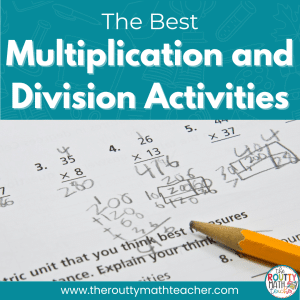
Math Stations: Three Assessment Strategies
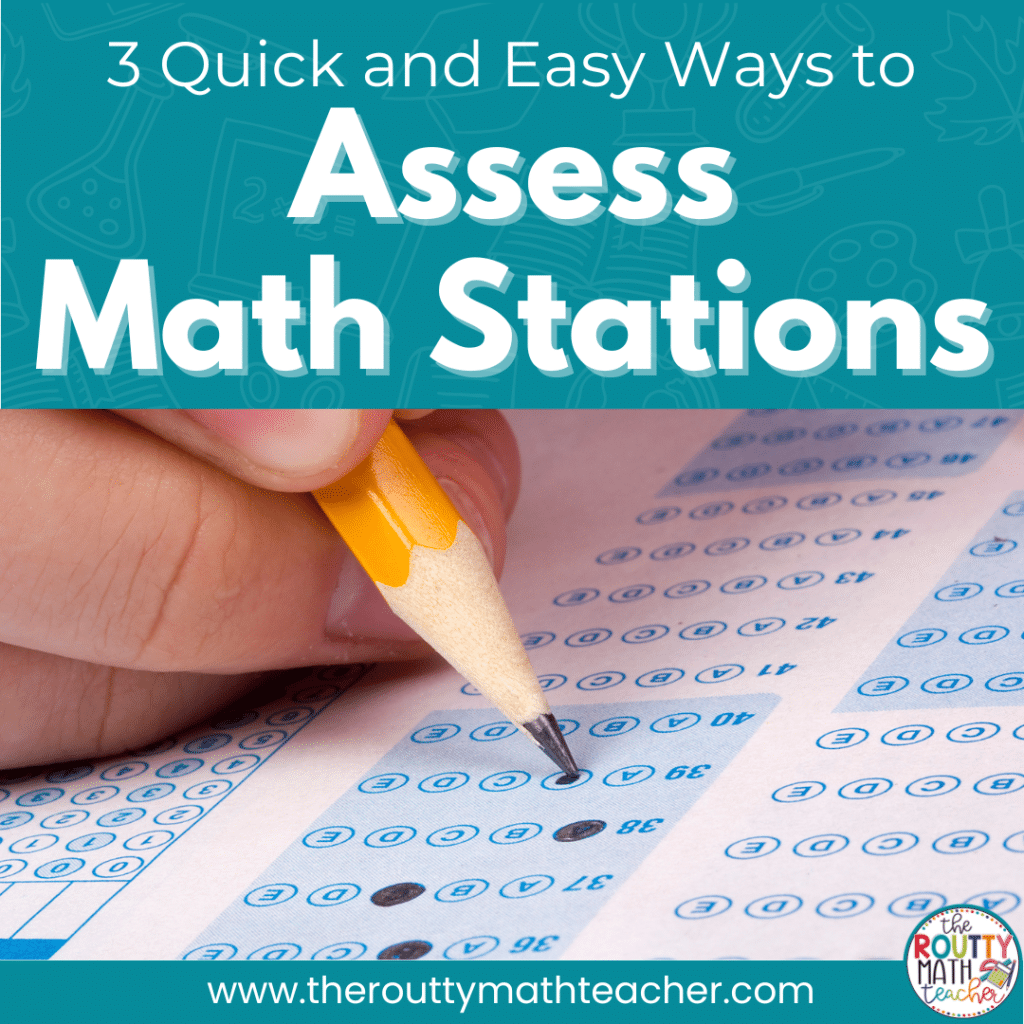
The familiar buzzing signals the end of the last rotation. It’s Friday and students have rotated through all five math stations.
Then, it begins.
Someone raises their hand and says, “Ms. Routt, where do you want me to turn-in my work?”
My heart sinks and I release a deep sigh as I begin thinking of all the grading ahead. Five stations times 25 students equals 125 items to grade.
Suddenly, I regret doing math stations. I think to myself, “I will never do this again.”
Sound familiar?
A Better Way
Generally, I view stations as an opportunity for review and practice, so I do not grade station tasks. However, when I use math stations as a spiral review or to respond to assessment data, I use short formative assessments to gauge where students are on the path toward mastery. These assessments provide beneficial information to help me determine the next steps.
Three Assessment Strategies
Exit Tickets
Using a skill-based question is a quick way to assess math stations. For this assessment, I select a question that emphasizes the major aspects of the skill. The question is usually a multiple-choice question, especially if we are preparing for state testing; however, open-ended questions work great too, they just take a bit more time for students to respond.
The questions can be copied on quarter- or half-size sheets of paper and included in the station basket with the other materials. If paper copies are an issue, and they always are, the question can be included in the station basket. Students can then respond to the question on notebook paper or on a single piece of copy paper folded into the number of parts equal to the number of stations in the rotation.
When I use this strategy, I set the timer to stop two to three minutes before the station time is complete. Then, I give students the opportunity to record their responses. After we’ve completed the rotation, I review the assessments so that I can evaluate student understanding.
Short Assessment
Another strategy is to create a five- to seven-question multiple-choice assessment. (An open-ended assessment would work well too; however, the multiple-choice assessment is easier to grade.)
This assessment typically happens at the end of the station rotation cycle. When I use the four-station rotation that spans four days of the week, I can use the fifth day to give the assessment since it will take the students 15-20 minutes to complete the quiz. I really like this method because the students tend to perform better in a more focused setting. I can then use the data to determine whether I need to add any of the standards back into the next rotation.
This is also an assessment I feel comfortable including in the
Select-a-Problem
The final strategy is one that I use sparingly. The feedback is not as valuable, but this strategy works well when I am short on time. For the select-a-problem strategy, I will collect some of the station tasks and choose a problem or two to grade.
This way of assessing math station tasks works best when students are working on task cards or worksheet-type tasks. When the station time has elapsed, I collect the work and review one or two of the problems. As long as all students have completed the problem I chose to review (which means I have to let the students know in advance which problems I will be selecting so they can be sure these get done), this process gives me a pretty good indication of where the students are in the learning process.
This is a great strategy to pair with the “My Favorite No” strategy. I can then use the feedback to review common errors at a later time.
Final Thoughts
Like many of you, I am not a huge fan of grading station work, but assessing math stations using the strategies above creates accountability for the students, which in turn keeps them on task and focused.
When I am purposeful about the tasks I elect to grade after math stations, the students can focus on demonstrating learning and I can focus on working with those students who need the most support.
Looking for more information about math stations? Check out my Getting Started with Math Stations eBook using the form below.
Sound Off!
How do you assess your math stations? Respond in the comments below.
